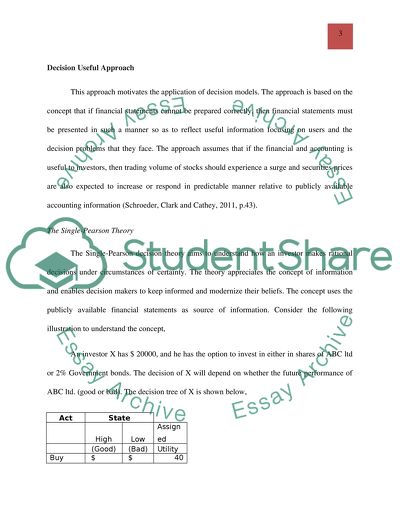Cite this document
(“Decision Usefulness approach vs. Measurement Approach Research Paper”, n.d.)
Retrieved from https://studentshare.org/finance-accounting/1494238-decision-usefulness-approach-vs-measurement
Retrieved from https://studentshare.org/finance-accounting/1494238-decision-usefulness-approach-vs-measurement
(Decision Usefulness Approach Vs. Measurement Approach Research Paper)
https://studentshare.org/finance-accounting/1494238-decision-usefulness-approach-vs-measurement.
https://studentshare.org/finance-accounting/1494238-decision-usefulness-approach-vs-measurement.
“Decision Usefulness Approach Vs. Measurement Approach Research Paper”, n.d. https://studentshare.org/finance-accounting/1494238-decision-usefulness-approach-vs-measurement.


